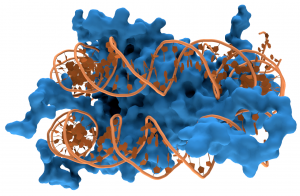There’s a lot of major diseases out there that a one could suffer from. Once a patient acquires any of diseases, DNA wraps around specialized proteins called histones in the cell’s nucleus. The histones then work to keep DNA tightly packaged, preventing expression of genes and replication of DNA. This prevents the required cell growth that is evident in those who don’t suffer from some of the world’s most common diseases.
Researchers from the Faculty of Medicine and Dentistry at the University of Alberta have discovered a method of modifying and manipulating histones of the acetyl-group. They published their study and findings in the journal Cell, and it was subsequently reported by Science Daily. The researchers experimented with attaching a molecule called acetyl-CoA that enables relaxation of the DNA, allowing for a return of regular replication of DNA and gene expression. This mechanism, entitled “epigenetic regulation of DNA,” is crucial for normality of functions and in working against common diseases such as heart disease or cancer.

Department of Medicine postdoctoral fellows Gopinath Sutendra and professor Evangelos Michelakis led the team of researchers. Their ultimate findings grew to be even more detailed than anticipated, as the team also worked with an enzyme entitled Pyruvate Dehydrogenase Complex (PDC). This enzyme can find its way to the nucleus and work to generate the acetyl-CoA for histones. This particular finding shed light on the before unknown origins of acetyl-CoA in the nucleus.
According to the researchers, these findings will change strategies used in the war against cancer and other common diseases. The application of the findings in regards to how DNA is regulated could have larger implications as well, if future research aims to seek out further influences.